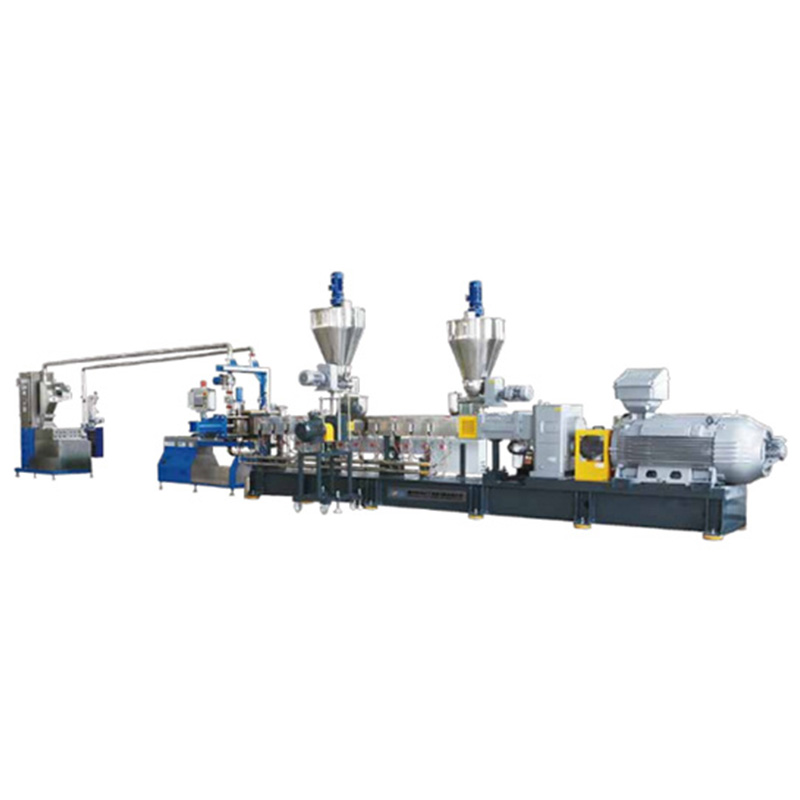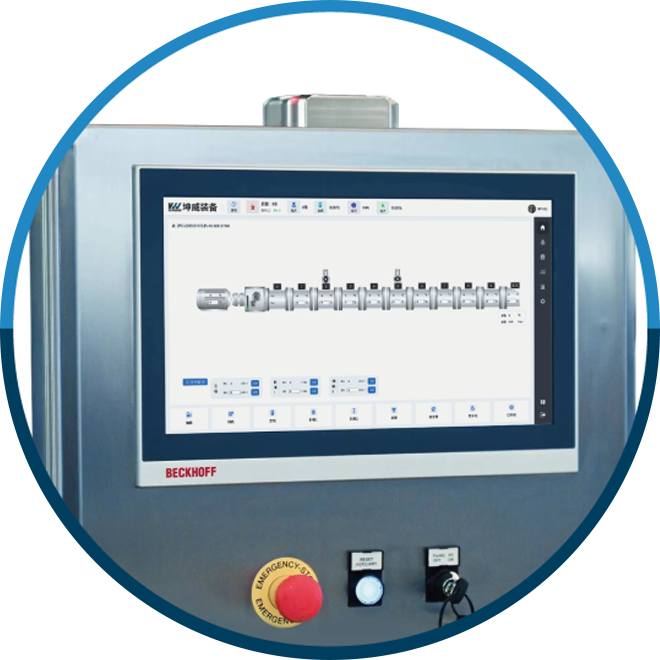What are the environmental advantages of a Large capacity high filler granulation production line?
The large-capacity, highly filled particle production line significantly reduces dependence on petroleum-based plastic raw materials by innovatively integrating inorganic powder materials and plastic carriers. These inorganic powder materials are not only abundant in reserves, but some of them can be regarded as renewable or recyclable resources. In addition, with the advancement of technology, more and more research focuses on extracting these inorganic powders from industrial waste or agricultural by-products, thus further broadening the source of resources and promoting the sustainable use of resources.
In the plastics processing industry, the melting, mixing and extrusion of raw materials often consume large amounts of energy. The large-capacity high-filling particle production line reduces the use of plastic raw materials by increasing the filling ratio of inorganic powder, thereby reducing energy consumption in the entire production process. In addition, these inorganic powder materials usually have good thermal stability, which can improve the heat resistance of plastic products to a certain extent, reduce the deformation and degradation of products in high temperature environments, indirectly extend the service life of products, and reduce Resource consumption and carbon emissions caused by frequent product replacement.
The traditional plastic production process often produces a large amount of leftover materials, waste materials and defective products. If these wastes are not handled properly, they will cause serious pollution to the environment. The large-capacity and high-filling particle production line reduces waste generation by optimizing the production process and formula design. At the same time, most of these inorganic powder materials have good recyclability and can be separated from waste through physical or chemical methods for reprocessing and reuse. This not only reduces the demand for the extraction of primary resources, but also reduces the pressure on landfill and incineration of waste, reducing the environmental burden.
The application of large-capacity and high-filling particle production lines is an important step in promoting the construction of a circular economy model. By achieving efficient use of resources and effective recycling of waste, the production line promotes collaborative cooperation and resource sharing between the upstream and downstream of the plastics industry chain. At the same time, it also encourages companies to adopt more environmentally friendly production methods and product design concepts, and promotes the entire industry to develop in a greener and more sustainable direction.
As consumers' demand for environmentally friendly products continues to increase, companies are paying more and more attention to the environmental performance of their products. The large-capacity, high-filling granule production line can produce products that meet specific environmental standards, such as degradable plastics, low-VOC release plastics, etc., by adjusting the formula and process parameters. These products not only meet the market's demand for environmentally friendly products, but also enhance the company's brand image and market competitiveness. At the same time, because the application of filled masterbatch reduces production costs, these environmentally friendly products have more price advantages and are easier to be accepted and promoted by the market.
The large-capacity and high-filling particle production line has many advantages in environmental protection. It not only helps save resources, reduce carbon emissions and waste generation, but also promotes the construction of a circular economy and the improvement of product environmental performance. These advantages make this production line have broad development prospects and important application value in the plastic processing industry.











